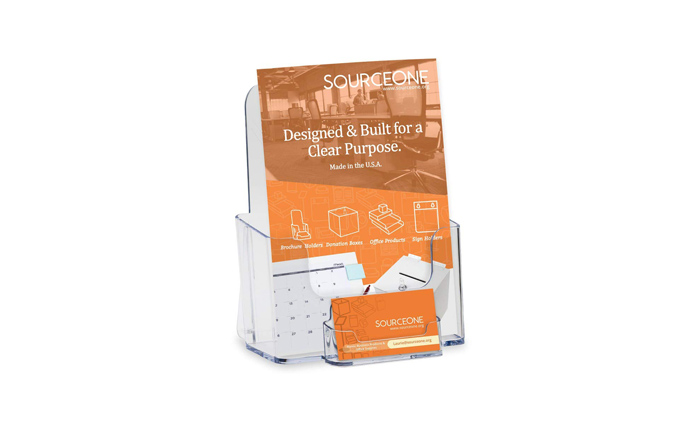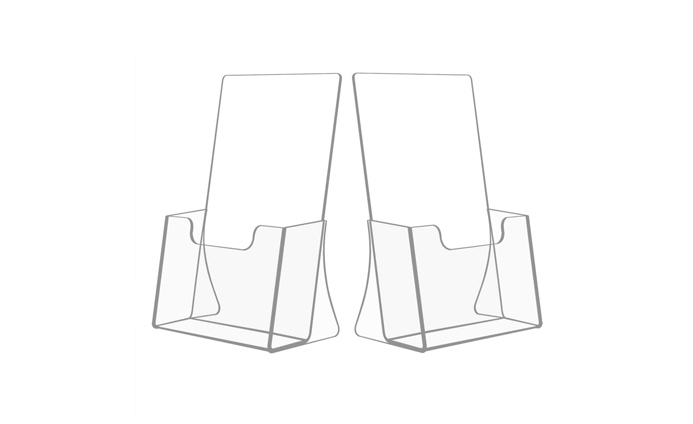When it comes to materials science, understanding the difference between plastic and polymer is crucial. Though often used interchangeably, these terms refer to distinct concepts with unique properties and applications. Let's delve into the fascinating world of polymers and plastics to clarify their differences and importance.
What is a Polymer?
Basic Definition
A polymer is a large molecule composed of repeated subunits called monomers. These monomers are chemically bonded to form long chains. Polymers can be naturally occurring or synthetically made, and they exhibit a wide range of physical and chemical properties.
Types of Polymers
Natural Polymers: These are found in nature and include substances like cellulose, proteins, and DNA. They play vital roles in biological processes and are crucial to life on Earth.
Synthetic Polymers: Man-made polymers created through chemical processes. Common examples include nylon, polyester, and polyvinyl chloride (PVC).
What is Plastic?
Basic Definition
Plastic refers to a category of synthetic or semi-synthetic materials that use polymers as a main ingredient. Plastics are designed to be moldable, allowing them to be shaped into various forms for diverse applications.
Types of Plastics
Thermoplastics: These plastics can be melted and reshaped multiple times. Examples include polyethylene (PE) and polypropylene (PP).
Thermosetting Plastics: Once hardened, these plastics cannot be remelted. Examples include epoxy resins and melamine.
Chemical Structure
Monomers and Polymers
Polymers are made up of monomers, small molecules that join together through chemical reactions. This process is known as polymerization.
Polymerization Process
There are two main types of polymerization: addition (chain-growth) and condensation (step-growth). Each method affects the polymer's properties and potential applications.
Structure of Plastics
Plastics, being a subset of polymers, have a structure determined by the arrangement of their monomers. This structure gives plastics their unique characteristics, such as flexibility and durability.
Properties of Polymers
Physical Properties
Polymers can be flexible or rigid, transparent or opaque, and can have varying degrees of hardness. These properties depend on the types of monomers used and the way they are arranged.
Chemical Properties
Polymers can be resistant to chemicals, non-reactive, and can have high or low melting points. These properties make them suitable for a variety of applications, from medical devices to packaging.
Properties of Plastics
Durability
Plastics are known for their durability. They can withstand wear and tear, making them ideal for everyday items like bottles and containers.
Flexibility
Many plastics are highly flexible, which makes them useful in applications requiring bending and shaping, such as in the manufacturing of plastic bags and films.
Resistance to Chemicals
Plastics are often resistant to chemicals, which makes them suitable for use in environments where they are exposed to harsh substances, such as in laboratories and kitchens.
Production and Synthesis
How Polymers are Made
Polymers are synthesized through chemical reactions that link monomers together. This process can be done in various ways, depending on the desired properties of the final product.
How Plastics are Manufactured
The manufacturing of plastics involves polymerizing the monomers into polymers and then molding or shaping the material into the desired form. This can be done through processes such as injection molding, extrusion, and blow molding.
Applications of Polymers
Everyday Uses
Polymers are found in a wide range of everyday items, including clothing, food containers, and household goods. Natural polymers like cotton and wool are used in textiles, while synthetic polymers are used in packaging and construction materials.
Industrial Applications
Industrially, polymers are used in a variety of applications, from automotive parts to aerospace components. Their versatility and durability make them indispensable in modern manufacturing.
Applications of Plastics
Common Uses
Plastics are ubiquitous in our daily lives. They are used in packaging, toys, household items, and electronics. Their ability to be molded into any shape makes them highly versatile.
Specialized Uses
Specialized plastics are used in medical devices, automotive parts, and even in space exploration. These applications require plastics with specific properties, such as high strength or resistance to extreme temperatures.
Environmental Impact
Biodegradability of Polymers
Some polymers are biodegradable, meaning they can be broken down by microorganisms over time. This is an important feature for reducing environmental impact.
Environmental Concerns with Plastics
Plastics pose significant environmental challenges. They do not decompose easily and can accumulate in landfills and oceans, leading to pollution and harm to wildlife.
Recycling and Disposal
Recycling Polymers
Many polymers can be recycled, but the process can be complex and costly. Recycling helps reduce waste and conserve resources.
Recycling Plastics
Plastic recycling involves collecting and processing plastic waste into new products. Not all plastics are recyclable, and contamination can reduce the effectiveness of recycling programs.
Advantages of Polymers
Versatility
Polymers can be tailored to have specific properties, making them suitable for a wide range of applications. This versatility is one of their greatest advantages.
Sustainability Options
With advancements in technology, more sustainable and biodegradable polymers are being developed, offering environmentally friendly alternatives to traditional plastics.
Advantages of Plastics
Cost-Effectiveness
Plastics are relatively inexpensive to produce, which makes them cost-effective for manufacturers and consumers alike.
Strength and Durability
Plastics are strong and durable, which makes them ideal for a wide range of products, from furniture to automotive parts.
Understanding the difference between plastic and polymer is essential for making informed choices about materials. While all plastics are polymers, not all polymers are plastics. Each has its unique properties, applications, and environmental impacts. By recognizing these differences, we can better appreciate the role they play in our daily lives and take steps toward more sustainable use.

















